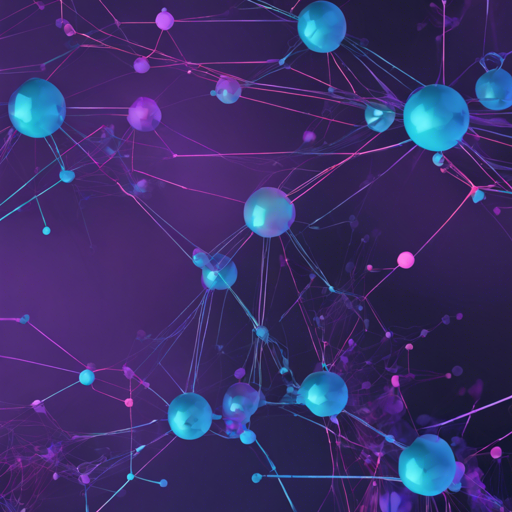The Capsule Graph Neural Network, abbreviated as CapsGNN, is a cutting-edge concept inspired by Capsule Neural Networks (CapsNet) which enhances the existing Graph Neural Networks (GNNs). In this blog, we’ll explore how to implement CapsGNN using PyTorch, delve into its requirements and datasets, and provide helpful tips on troubleshooting common issues. Let’s get started!
Introduction to CapsGNN
CapsGNN is designed to tackle the inadequacies of traditional GNNs in creating effective graph embeddings. By employing capsules to extract node features and utilizing a routing mechanism, CapsGNN captures critical graph-level information more efficiently than standard methods. This innovative architecture has shown superior performance across various graph classification tasks.
Setting Up Your Environment
To run CapsGNN, you need a Python environment equipped with specific package versions. Here’s a clear list of requirements:
- Python: 3.5.2
- networkx: 2.4
- tqdm: 4.28.1
- numpy: 1.15.4
- pandas: 0.23.4
- texttable: 1.5.0
- scipy: 1.1.0
- argparse: 1.1.0
- torch: 1.1.0
- torch-scatter: 1.4.0
- torch-sparse: 0.4.3
- torch-cluster: 1.4.5
- torch-geometric: 1.3.2
- torchvision: 0.3.0
Preparing Your Dataset
The data you use with CapsGNN should be formatted correctly. Each graph must be in a JSON file with a specific key-value structure. Here’s how it should look:
{
"edges": [[0, 1],[1, 2],[2, 3],[3, 4]],
"labels": {"0": "A", "1": "B", "2": "C", "3": "A", "4": "B"},
"target": 1
}This structure includes:
- edges: A list representing connectivity.
- labels: A dictionary mapping node IDs to labels.
- target: The class membership as an integer.
Executing the Model
Once your dataset is ready and your environment is set up, you can start the CapsGNN model with ease. To train your model, run the following command:
python src/main.pyThis command initiates the training process using default parameters. You can customize various options like the number of epochs or batch size via command-line arguments. Here are a few examples:
python src/main.py --epochs 100python src/main.py --batch-size 128Understanding the Code with an Analogy
Imagine you are a chef preparing a complex dish. Traditional GNNs are like a chef who cooks the dish using a single pot. While they can combine ingredients and prepare a meal, they often miss out on the nuances that multiple pots can bring. CapsGNN acts as a dual-chef system, with one chef focusing on the main ingredient using one pot (the GNN’s basic structure) and the other chef using various pots to capture the flavors (capsules) from different angles. This synergy of techniques allows CapsGNN to create more flavorful and texture-rich outputs in the form of graph embeddings, which are the core of its enhanced performance in classification tasks.
Troubleshooting
If you encounter any issues while working with CapsGNN, here are some helpful tips:
- Problem: Model training is slow or unresponsive.
Solution: Check your system’s compatibility and ensure you have the proper Python version and package dependencies installed. - Problem: Errors in reading JSON files.
Solution: Ensure that the JSON structure conforms to the expected format and that all nodes are indexed from zero. - Problem: Unexpected outputs during prediction.
Solution: Validate your inputs and ensure they are structured correctly prior to running the model.
For more insights, updates, or to collaborate on AI development projects, stay connected with **fxis.ai**.
Final Thoughts
By implementing the CapsGNN framework, you can leverage advanced graph embeddings that redefine performance benchmarks in graph classification. Don’t forget to adapt the training parameters based on your specific requirements for optimal results!
At **fxis.ai**, we believe that such advancements are crucial for the future of AI, as they enable more comprehensive and effective solutions. Our team is continually exploring new methodologies to push the envelope in artificial intelligence, ensuring that our clients benefit from the latest technological innovations.

